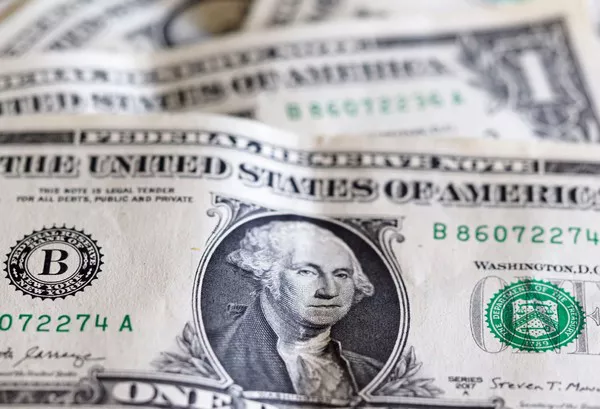Currencies are the backbone of global financial systems, serving as a medium of exchange and a measure of economic health for nations. While some currencies are considered strong and stable, others face challenges that lead to significant devaluation. In this article, we delve into the world of currency devaluation to explore the poorest currency in the world, the factors that contribute to its weakness, and the impact on the economy and the citizens of the respective country.
Understanding Currency Valuation
Before delving into the poorest currency, it’s essential to understand how currency valuation works. The value of a currency is determined by various economic factors, including inflation, interest rates, political stability, and market forces. These elements collectively influence the exchange rate, which is the price of one currency in terms of another. When a currency experiences a decline in value compared to other global currencies, it is considered weak, which can have profound implications for the respective nation’s economy.
Factors Contributing to Currency Weakness
Several factors can contribute to the weakness of a country’s currency. Understanding these factors is crucial to comprehend why certain currencies are considered the poorest in the world:
Inflation: High inflation rates erode the purchasing power of a currency, making it less valuable. When a nation experiences hyperinflation, as is the case in Zimbabwe in the late 2000s, its currency can become virtually worthless.
Economic Instability: Political instability and economic uncertainty can deter foreign investments and lead to currency devaluation. Conflicts, corruption, and mismanagement can erode trust in a country’s economic future, driving down the value of its currency.
Debt Burden: A heavy debt burden can strain a country’s finances, causing concerns about its ability to repay loans. Investors may lose confidence in the currency, leading to devaluation.
Balance of Trade: If a nation consistently imports more than it exports, it results in a trade deficit, putting downward pressure on its currency. A trade deficit means the country is spending more on foreign goods and services than it is earning from exports, leading to a shortage of foreign currency.
Exchange Rate Policy: A country’s exchange rate policy can impact its currency’s value. A fixed or pegged exchange rate, where the government maintains a specific rate, can lead to imbalances, especially if it’s not sustainable in the long term.
The Poorest Currency in the World
Based on these factors, one of the poorest currencies in the world is the Iranian Rial (IRR). Iran has been grappling with economic challenges for many years, leading to a significant devaluation of its currency. A multitude of factors have contributed to the IRR’s weakness, including international sanctions, inflation, economic mismanagement, and political instability.
International Sanctions: Iran has been subjected to various international sanctions due to its nuclear program and alleged support for terrorism. These sanctions have hindered Iran’s access to global markets, restricted trade, and limited foreign investments.
Inflation: Iran has been plagued by high inflation rates, which have eroded the value of the Rial. The Iranian government’s efforts to control inflation have often been unsuccessful, exacerbating the problem.
Economic Mismanagement: Political and economic mismanagement has played a significant role in the devaluation of the Rial. Lack of structural reforms and a reliance on oil exports have made the Iranian economy vulnerable to fluctuations in global oil prices.
Political Instability: Ongoing political tensions and frequent protests have deterred foreign investments and shaken investor confidence in Iran. These uncertainties have further weakened the currency.
Impact on the Economy and Citizens
The weakness of a nation’s currency has a profound impact on its economy and the well-being of its citizens. In the case of the Iranian Rial, the consequences have been severe.
Hyperinflation: The high inflation rates in Iran have resulted in skyrocketing prices for basic goods and services. This has eroded the purchasing power of the Iranian people, making it increasingly difficult to afford essential items.
Economic Hardships: The devaluation of the Rial has led to widespread economic hardships for the Iranian population. People have struggled to make ends meet, and their quality of life has deteriorated significantly.
Reduced International Trade: The weakness of the Rial has made it challenging for Iran to engage in international trade. It has become more expensive to import goods, and the country has faced difficulties in exporting its products.
Investment Challenges: Foreign investments in Iran have dwindled due to economic uncertainties and international sanctions. This lack of investment has hindered economic growth and development.
Conclusion
Understanding the concept of currency valuation and its implications is crucial in assessing the economic health of a nation. While many factors can contribute to a currency’s weakness, the case of the Iranian Rial serves as a sobering example of the devastating impact it can have on a country’s economy and its citizens. In today’s interconnected world, economic challenges in one country can reverberate globally, emphasizing the importance of addressing currency devaluation as a critical component of international economic stability.


